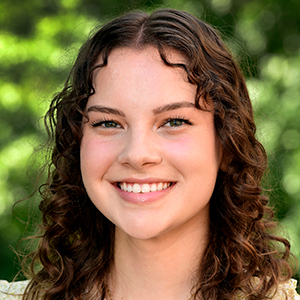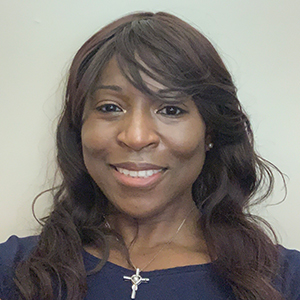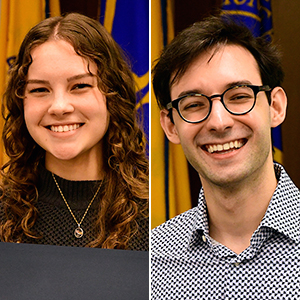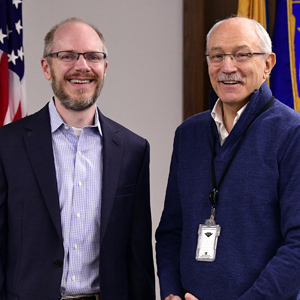To recognize Pride Month, the NIEHS Diversity Speaker Series presented a Sexual and Gender Minorities (SGM) panel titled 'What Brings Us Here — Experiences and Perspectives Across NIH' (National Institutes of Health) June 23.
“This event highlights the work of the NIH Office of Equity, Diversity and Inclusion (EDI) Sexual and Gender Minorities Special Emphasis Portfolio,” said Ericka Reid, Ph.D., director of the NIEHS Office of Science Education and Diversity.
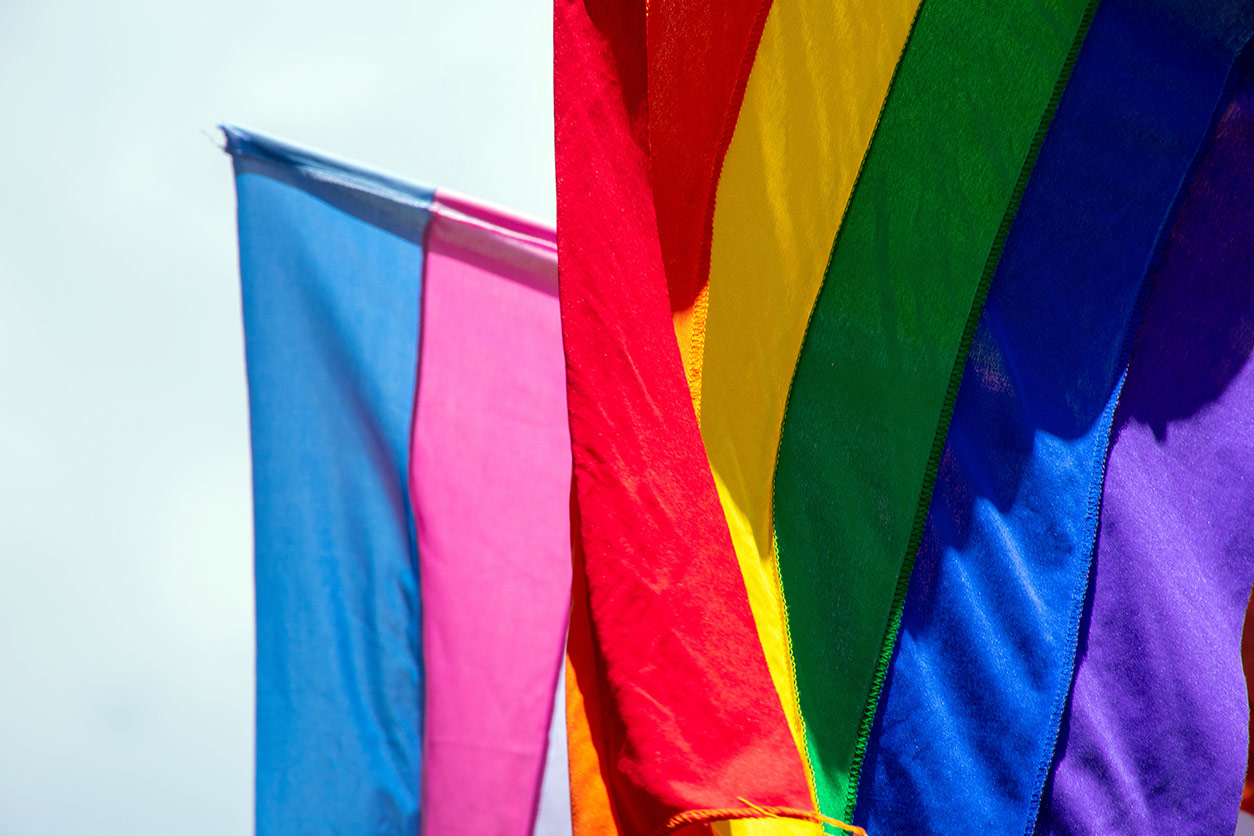 “The speaker series was launched in February 2018 to recognize heritage months over the course of a year,” said Reid. (Photo courtesy of Diana Macias / Shutterstock.com)
“The speaker series was launched in February 2018 to recognize heritage months over the course of a year,” said Reid. (Photo courtesy of Diana Macias / Shutterstock.com)The panel was moderated by NIH principal SGM strategist Bali White and featured panelists from the SGM employee resource groups Salutaris (see sidebar) and LGBT Fellows and Friends.
“Now we use the term SGM because it is more comprehensive,” said White. “It encompasses those who identify as lesbian, gay, bisexual, and transgender, as well as asexual, two spirit queer, intersex individuals, and those who have differences in sex development.”
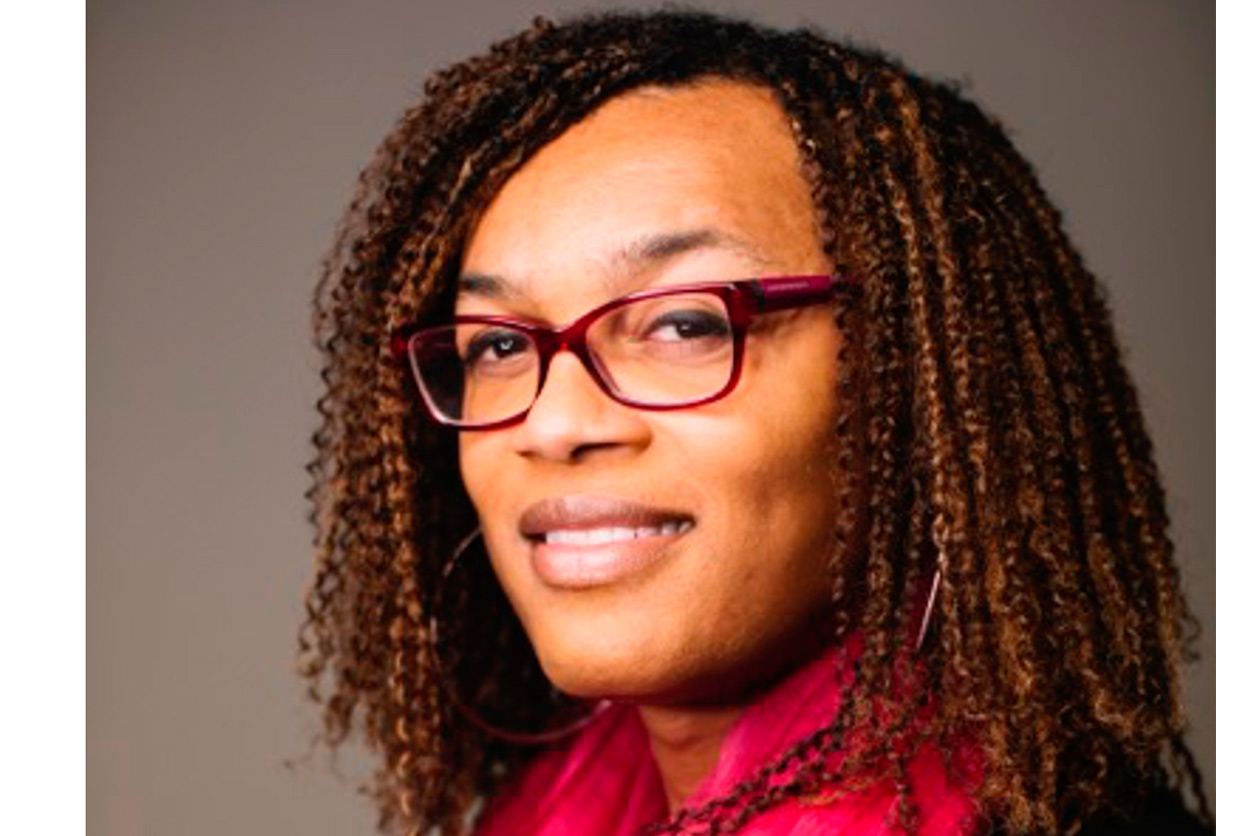 “In a lot of ways, things have gotten better,” said White. “It is important to note that and continue to move forward in a positive way.” (Photo courtesy of Bali White)
“In a lot of ways, things have gotten better,” said White. “It is important to note that and continue to move forward in a positive way.” (Photo courtesy of Bali White)Varied experiences at NIH
William Elwood, Ph.D., is a health scientist administrator in the NIH Office of Behavioral and Social Sciences Research. He discussed contrasting experiences that involved a Pride parade in Washington, D.C., and a homophobic coworker.
“I was awestruck because the background for the stage was the U.S. Capitol, a strong visual symbol of the great promise of America that applies to us all,” Elwood said. But he also described a former coworker who made work-life especially difficult when he mentored a transgender Intramural Research Training Award scientist.
“There were problems, such as delays in getting supplies like a laptop for the research fellow,” Elwood noted. “This person never acknowledged the trainee’s existence or spoke to her directly. Over time, those kinds of experiences chip away at one's mental and physical well-being.”
Adjusting to new environment
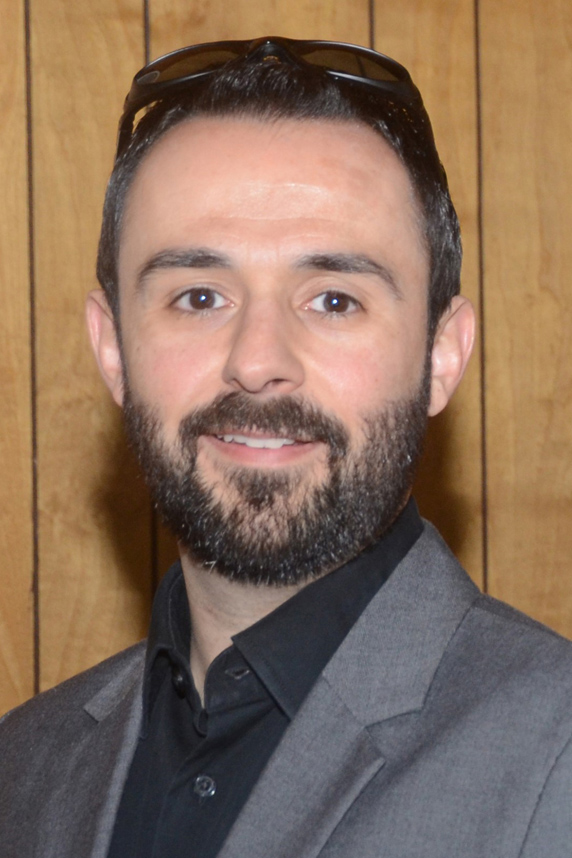 “In addition to being a celebration, Pride for me is more of a history lesson,” said Rodriquez. “Every year, it's like digging up more things that I didn't know the previous year.” (Photo courtesy of Erik Rodriquez)
“In addition to being a celebration, Pride for me is more of a history lesson,” said Rodriquez. “Every year, it's like digging up more things that I didn't know the previous year.” (Photo courtesy of Erik Rodriquez)Erik Rodriquez, Ph.D., is a behavioral epidemiologist at the National Heart, Lung, and Blood Institute who conducts research on behavior-related health disparities among racial and ethnic minorities, and immigrant populations.
After working in the LGBTQ-friendly atmosphere of places such as San Francisco, coming to NIH was a challenge, according to Rodriquez.
“One of the things I tried to do was to reach out to Salutaris, to the SGM research office,” he said. “Since I started, I was really missing just being a part of things like that.”
“With respect to NIH, I think I would sum its SGM commitment as insufficient,” said Rodriquez. “I have been on the receiving end of not the most positive experiences with respect to my LGBTQ identity.” He is now trying to build a group called the Sexual and Gender Minority Health Scientific Interest Group.
Accepting others’ identities
Another participant, Gemma Martin, just wrapped up postbaccalaureate training at the National Institute of Dental and Craniofacial Research.
“To a certain degree, it's been a touch lonely,” said Martin, who has worked with White on an SGM engagement committee. “The NIH is such a broad place with lots of different research interests. But my lab has been very open and accepting of me and my identity.”
Tam Vo, Ph.D., is a postdoctoral researcher at the National Cancer Institute who embraces being an international, non-native English speaker who identifies as LGBTQ.
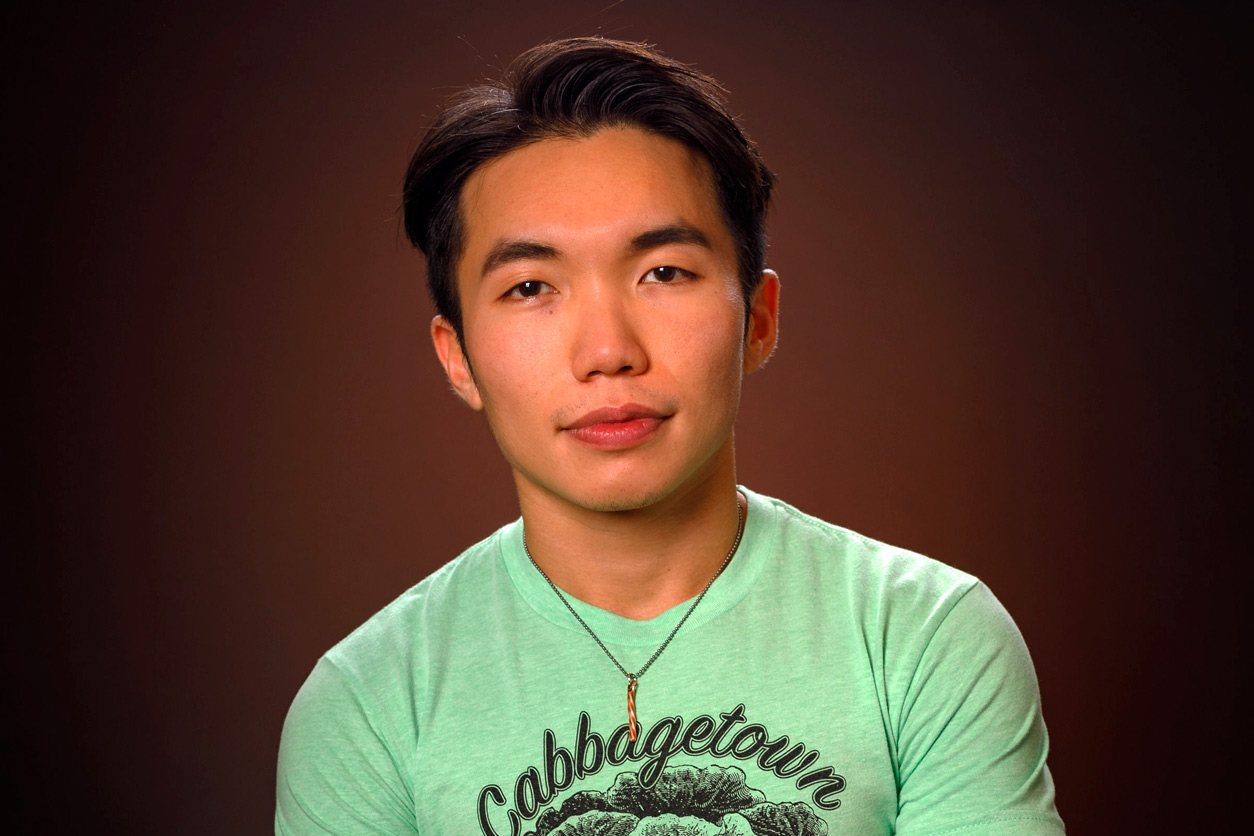 “I’ve been privileged to stay in a country where I am free to express who I am without facing any very detrimental consequences,” he said. “I want to use my voice and privilege to empower others.” (Photo courtesy of Tam Vo)
“I’ve been privileged to stay in a country where I am free to express who I am without facing any very detrimental consequences,” he said. “I want to use my voice and privilege to empower others.” (Photo courtesy of Tam Vo)“I'm allowed to be as outspoken and comfortable with my sexuality as I want,” said Vo. “My experience at NIH has been so far positive for me, but there's certainly room for improvement.”
Michael Wilkerson is a program specialist and budget analyst at the National Human Genome Research Institute, and a veteran.
“At NIH, I've had the opportunity to be a bit more open in terms of my sexual gender minority status,” Wilkerson said. “I generally disclose to coworkers if they ask the question, but I have largely been a don’t ask, don’t tell type, like the old days in the military.”
(John Yewell is a contract writer for the NIEHS Office of Communications and Public Liaison.)





